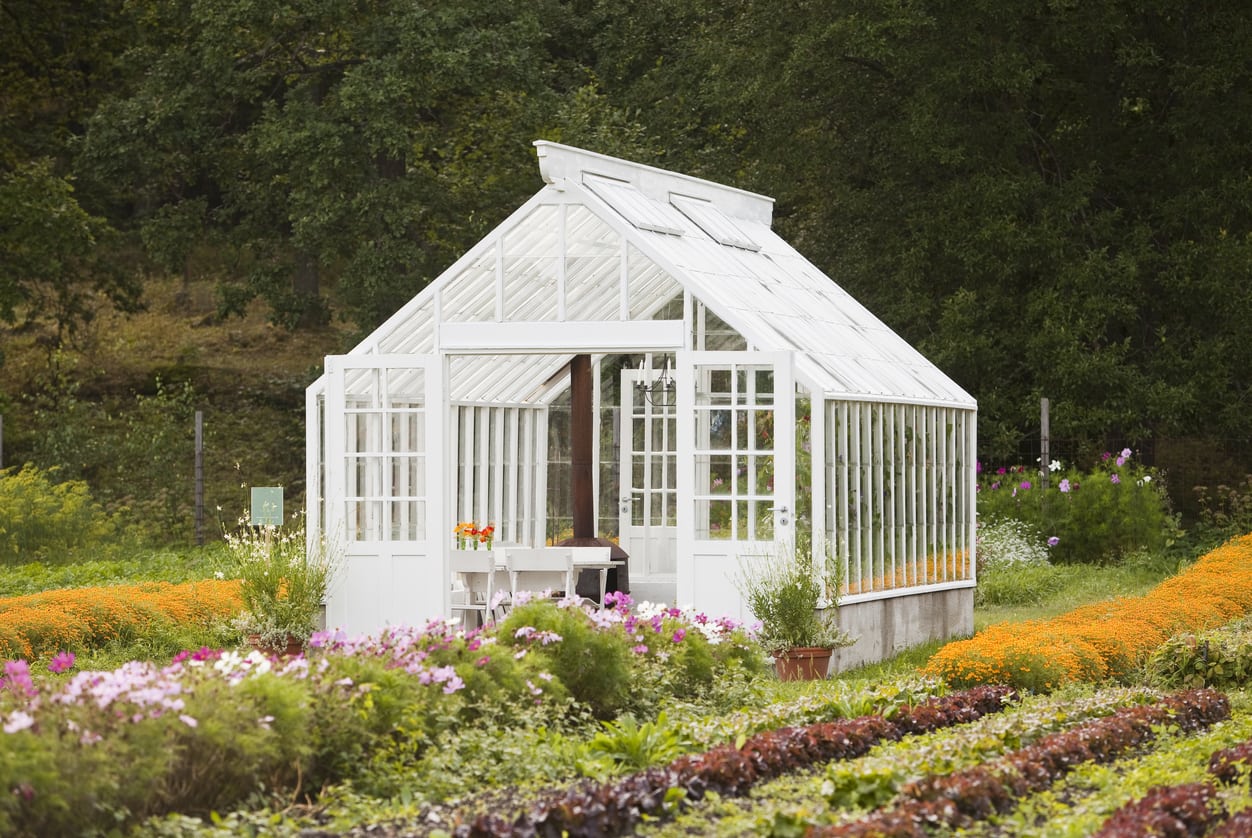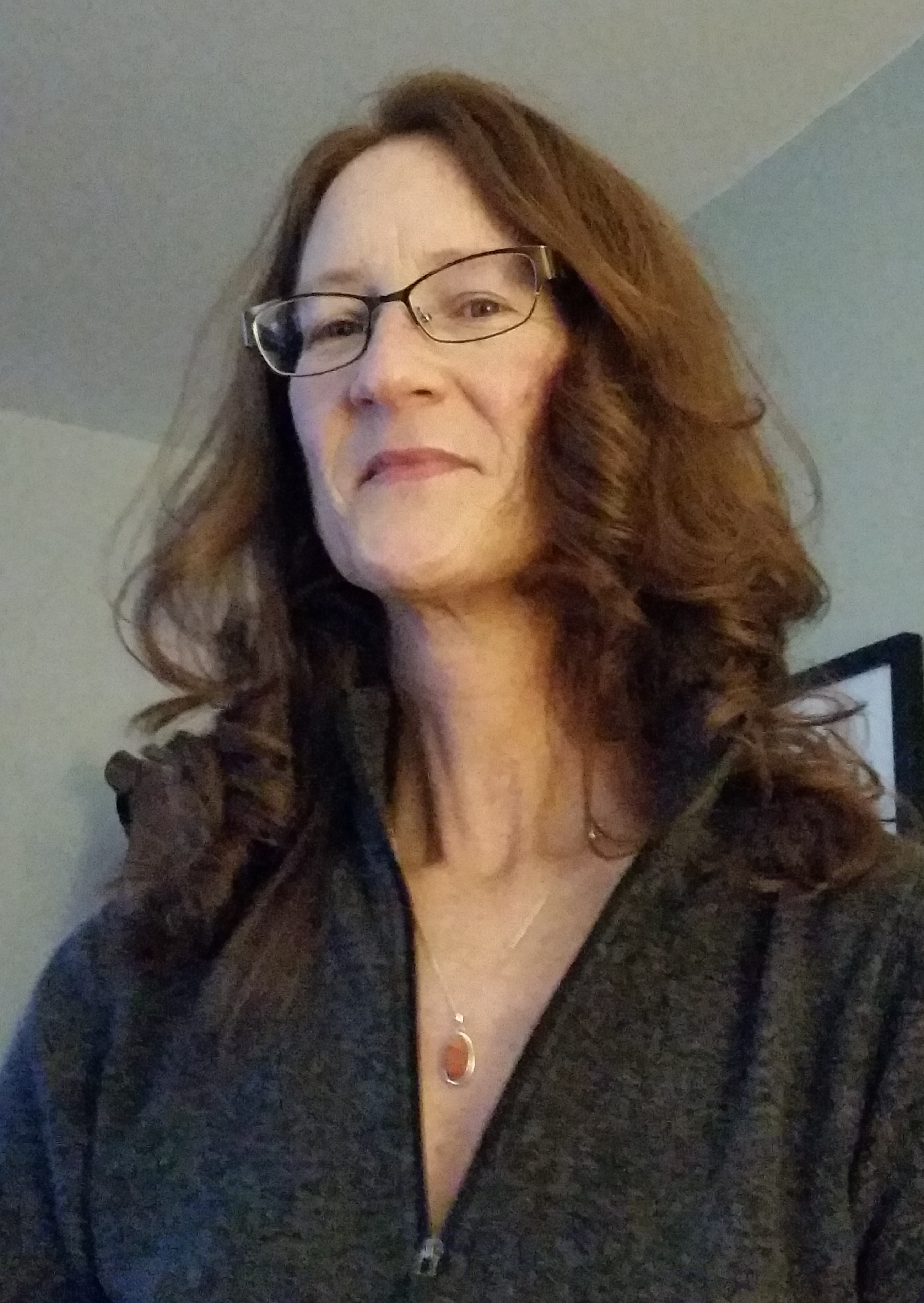
So you want a greenhouse. A simple enough decision, or so it would seem, but in actuality there are many factors to consider, not the least is where to put your greenhouse. Correct greenhouse placement is likely your most important consideration. So where’s the best spot for a greenhouse? Read on to find out how to site a greenhouse.
Where to Put Your Greenhouse
Before you decide where to put your greenhouse, consider what exactly you plan to grow in the greenhouse and what type of greenhouse do you plan to erect. If you are a home grower that plans to grow for your own amusement and use, the greenhouse will generally be on a smaller scale, but if you wish to start a business, it will have to be much larger. So while the size of the structure dictates the greenhouse locations, so too does the type of plants you wish to grow. Sun exposure is usually of paramount importance, but depending upon the plant, afternoon shade may also be a factor in greenhouse placement. The site for the greenhouse determines not only what type of structure will work best but also the direction and intensity of sun it will get. This determines what types of plants you can grow. Consider protection of the greenhouse from storm damage or from neighborhood hoodlums that like to hear glass break! Also, think about the ease of maintenance for not only plants but of the structure itself.
Additional Considerations for Greenhouse Placement
Do you need access to a water or electrical source? Remember to consider these factors when situating the greenhouse. Depending upon sun exposure, the greenhouse may need additional heating in the form of electric or even gas. Some greenhouses can be placed against the door, window, or basement of the house, which will allow you to use heat from the home. This will also increase your home heating bill, but it might be less costly than if you heat the greenhouse separately. Generally, the best spot for a greenhouse is on the south or southeast side of the house in a sunny area that gets the most sun from fall through winter (November to February in most places). If this option doesn’t exist, the next best location for the greenhouse is the east side. The third best option for a greenhouse is the southwest or west side. The north side is the last resort and the least optimal site for a greenhouse. Try to situate the greenhouse lengthwise from north to south rather than east to west. This position provides the structure with more light and less shade. While unobstructed sunlight is important, afternoon shade may be as important depending upon the types of plants grown and the time of year they are grown. For instance, it might be advantageous to situate the greenhouse near deciduous trees which will shade the structure from hot summer sun but in the winter will benefit from added sunlight once the leaves have fallen. Of course, situating the greenhouse near trees or bushes may result in leaves, sap, and sticky honeydew littering the exterior of the structure, so that should be a consideration as well. Lastly, avoid building the structure at the base of a slope where cold air collects and is prone to frost. Be sure the area is level and the ground well-draining.
Sign up for the Gardening Know How newsletter today and receive a free copy of our e-book "How to Grow Delicious Tomatoes".

Amy Grant has been gardening for 30 years and writing for 15. A professional chef and caterer, Amy's area of expertise is culinary gardening.
